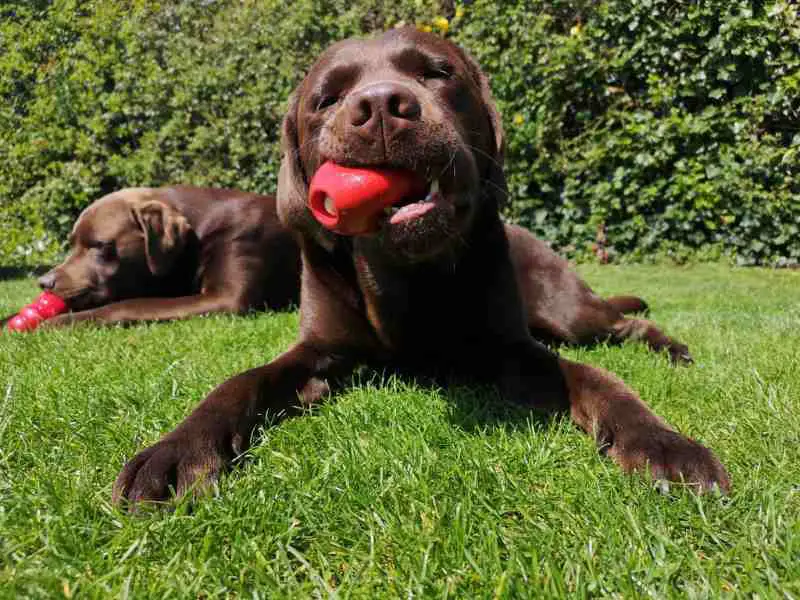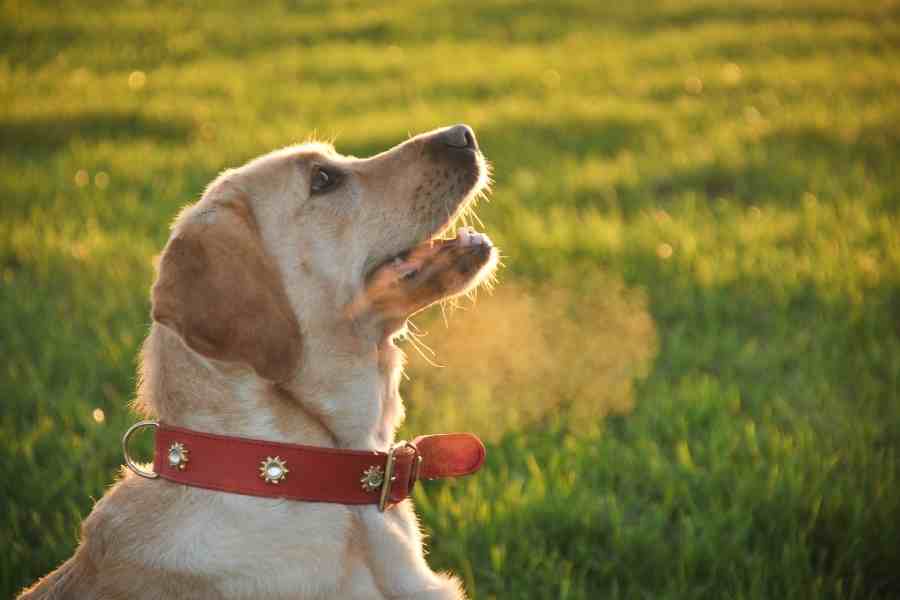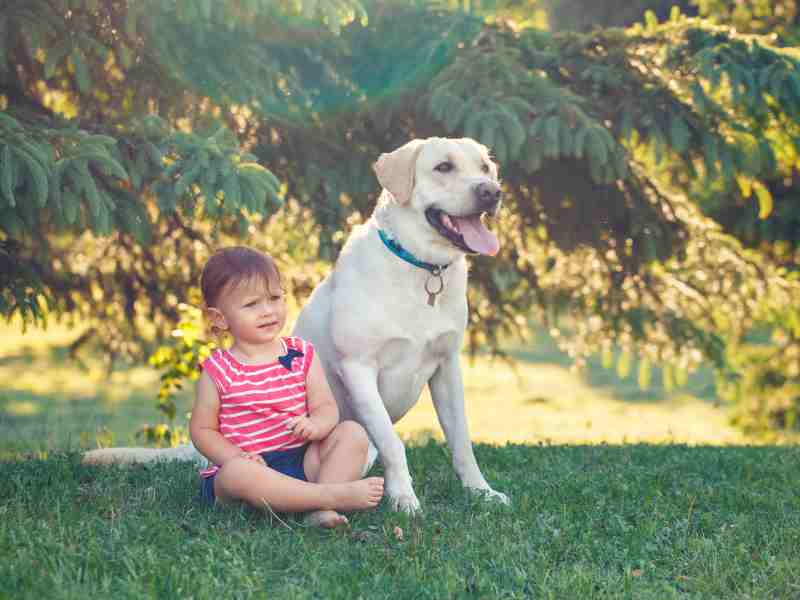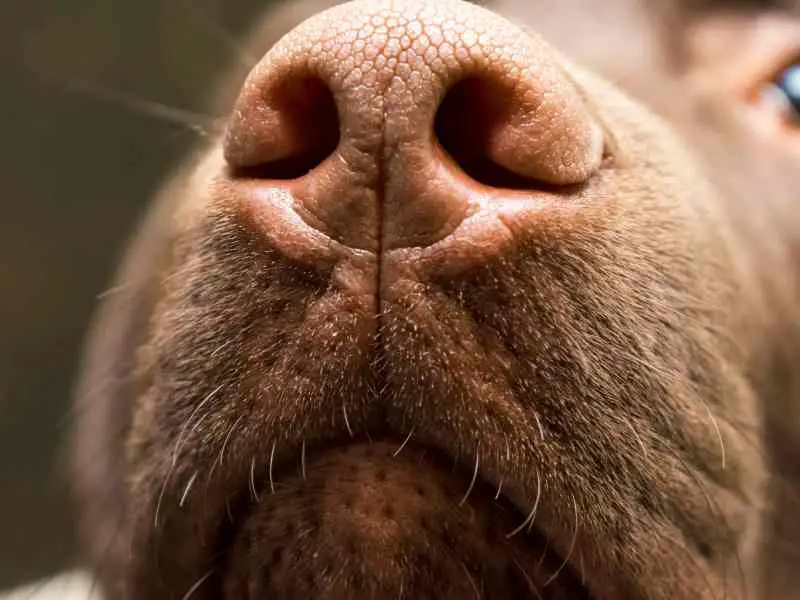You’ve probably noticed your dog leaning on you with his backside, leaving you curious about this peculiar behavior. It might seem puzzling, but understanding why dogs do this can deepen your bond with your beloved companion.
This gesture often indicates trust and comfort, but there’s more to it than meets the eye. Could it be a sign of affection, or is your dog trying to communicate something else?

Before jumping to deductions, consider the various meanings behind this behavior and how it impacts your relationship.
The Meaning Behind the Behavior
When your dog leans on you, they often seek affection and comfort, strengthening your bond.
This behavior likewise indicates trust and security, as your dog feels safe enough to be close to you.
Furthermore, by learning, your dog may express a sense of ownership, claiming you as an important part of their world.
Seeking Affection and Comfort
Dogs often lean on their owners to seek affection and comfort, a behavior deeply embedded in their social nature. This action is integral to canine communication, expressing their desire for emotional support and connection.
When your dog leans against you with his backside, he uses body language to convey his need for closeness and reassurance. It’s an affectionate gesture that signals that you’re within his comfort zone, providing a sense of warmth and companionship.
Understanding this behavior involves recognizing that dogs, as pack animals, thrive on social bonds. By leaning on you, your dog demonstrates his reliance on you as a source of comfort and stability.
Acknowledging this behavior as a request for attention and care and reflecting your dog’s inherent need for interaction and emotional support is essential. Responding positively can strengthen your bond, ensuring your dog feels secure and loved.
Pay attention to your dog’s cues to nurture this connection and respond with a gentle touch or verbal reassurance. This will affirm his place within your shared comfort zones, reinforcing your affectionate relationship with your canine companion.
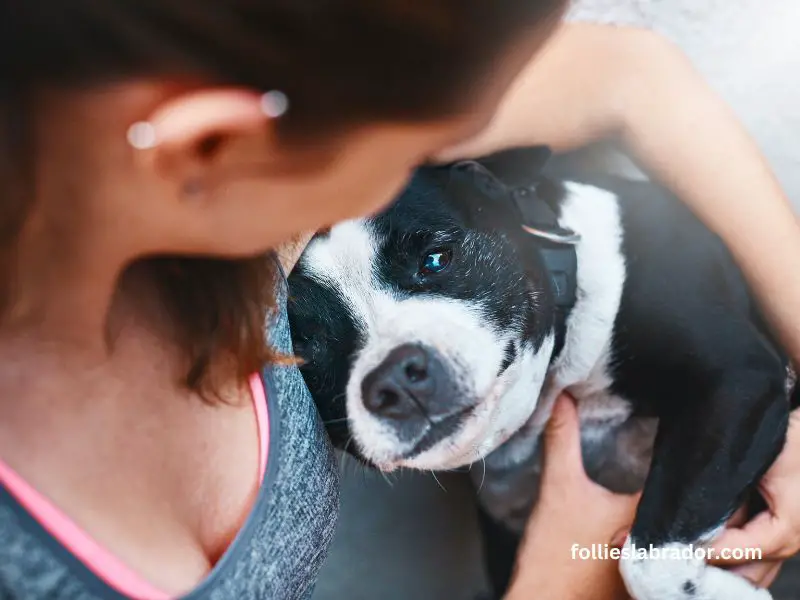
Showing Trust and Security
Leaning isn’t just a plea for affection; it’s a profound display of trust and security. When your dog leans on you with its backside, he’s offering a genuine trust signal. This part of canine communication reveals an emotional connection between you and your loyal companion.
Dogs, being social animals, rely heavily on body language to express their feelings. Your dog shows vulnerability by turning his back to you and leaning, indicating he feels safe in your presence.
Understanding this behavior requires recognizing its roots in social behavior. In the wild, dogs rely on their pack for safety and comfort. By leaning against you, your dog is treating you as part of his pack. This action underscores your bond and reflects the security he experiences with you. It’s a reflection of the trust you’ve built together over time.
Pay attention to your dog’s body language in these moments. A relaxed posture, soft gaze, and wagging tail affirm the emotional connection.
Your response to this trust signal, whether through a gentle pat or a kind word, reinforces your role as a trusted companion in his life.
Claiming You as Their Own
Beneath the surface of your dog’s leaning behavior lies a deeper meaning: they claim you as their own. When your fluffy companion presses its backside against you, it’s engaging in an instinctual action that reflects its pack mentality.
In the wild, canines rely on a social hierarchy to maintain order and safety. By leaning on you, your dog expresses a form of territorial behavior, signaling to others that you’re part of their pack and under their protection.
This behavior is a sophisticated form of canine communication, subtly asserting their bond with you. Dogs often use physical gestures to convey messages within their social structures, and leaning is no exception.
It’s their way of marking you as a significant member of their life, reinforcing their connection to you. They’re not just seeking warmth or comfort; they’re instinctually driven to establish and maintain their place in their social hierarchy.
Understanding this behavior can improve your relationship with your pet. Recognizing their actions as a declaration of belonging allows you to appreciate the depth of their loyalty and affection, strengthening the bond between you and your furry companion.
When Should You Be Concerned?

If your dog leans on you more frequently than usual, it might signal discomfort or pain.
Pay attention to other symptoms, such as limping, restlessness, or changes in behavior, as these could indicate a medical issue.
Furthermore, excessive leaning could signify separation anxiety, suggesting your dog feels insecure or stressed when you’re not around.
Signs of Discomfort or Pain
It is vital to recognize when your dog’s leaning behavior might signal discomfort or pain. Observing pain indicators can help you determine if your dog’s actions are cause for concern.
Look for behavioral changes such as increased irritability, reluctance to move, or unusual vocalizations. These may be subtle at first but can escalate if not addressed. Conduct a physical examination by gently feeling your dog’s body, noting any signs of tenderness or swelling. Be cautious, as touching a painful area might provoke a reaction.
Stress signals like excessive panting or restlessness can suggest something isn’t right. Watch your dog’s posture; a tucked tail or hunched back could be another indicator of discomfort.
If you notice these signs, it’s imperative to seek a vet consultation promptly. A professional can conduct more thorough examinations and recommend tests to pinpoint the issue.
Your timely response can markedly impact your dog’s well-being. Remember, leaning could be your dog’s way of communicating that something’s wrong. By being attentive and proactive, you help guarantee your pet receives the care it needs.
Separation Anxiety
Separation anxiety in dogs can be distressing, both for the pet and the owner. You might notice separation anxiety signs like excessive barking, destructive behavior, or house soiling when you’re away. These behaviors often stem from the fear of being left alone, and addressing them promptly is vital.
To help your dog cope, begin with simple coping strategies and training techniques. Gradually increase your dog’s time alone, starting with short intervals and rewarding calm behavior. Using toys or puzzles can likewise keep them occupied and relieve anxiety.
Training techniques like crate training can create a safe space for your dog, making them feel secure in your absence.
Consider environmental factors that might contribute to your dog’s anxiety. A noisy neighborhood or changes in routine might intensify their stress. Providing a consistent schedule and a calm environment can reduce anxiety levels.
If these strategies don’t seem effective, it’s advisable to seek professional help. A veterinarian or a certified animal behaviorist can offer tailored advice and, if necessary, discuss medication options.
How to Respond to the Behavior
When your dog leans on you, it’s an opportunity to strengthen your bond and understand their emotional needs.
Consider whether you want to encourage this behavior, as it can comfort your pet, but be mindful of situations where it mightn’t be appropriate.
Evaluate the context and your dog’s overall behavior to decide how best to respond.

Bonding Opportunity
Frequently, a dog leaning on you isn’t just seeking physical support—it’s an opportunity for bonding and connection. When your canine companion presses their back against you, they engage in canine communication and desire social bonding.
Observing your dog’s body language during these moments can offer valuable insights into their emotional state. Their behavior indicates trust and a deep emotional connection, allowing you to strengthen your relationship further.
Responding to this behavior with positive reinforcement can improve the bond you share. A gentle pat, soft words, or even a treat can affirm their actions and create a sense of security.
This response encourages a mutual understanding and reinforces their trust in you. Such interactions aren’t merely about physical proximity; they invite deepening your emotional connection through attentive engagement.
Encourage or Discourage?
Understanding your dog’s behavior as an opportunity for bonding naturally leads to questions about whether you should encourage or discourage it.
It’s vital to assess your dog’s motivation. Leaning can promote affection, signaling trust and comfort. If you find this behavior endearing and harmless, use positive reinforcement, such as gentle petting or verbal praise, to support it.
This approach cultivates a solid emotional bond between you and your dog.
